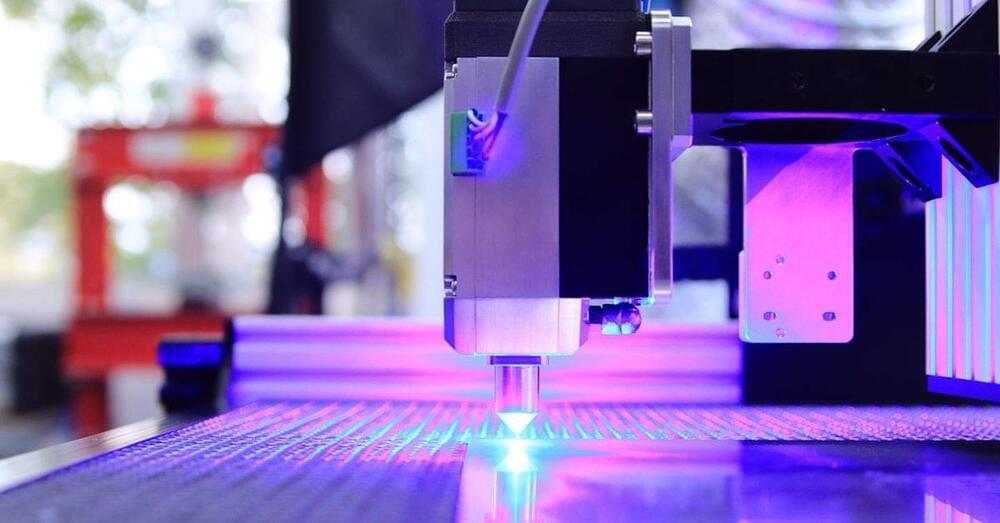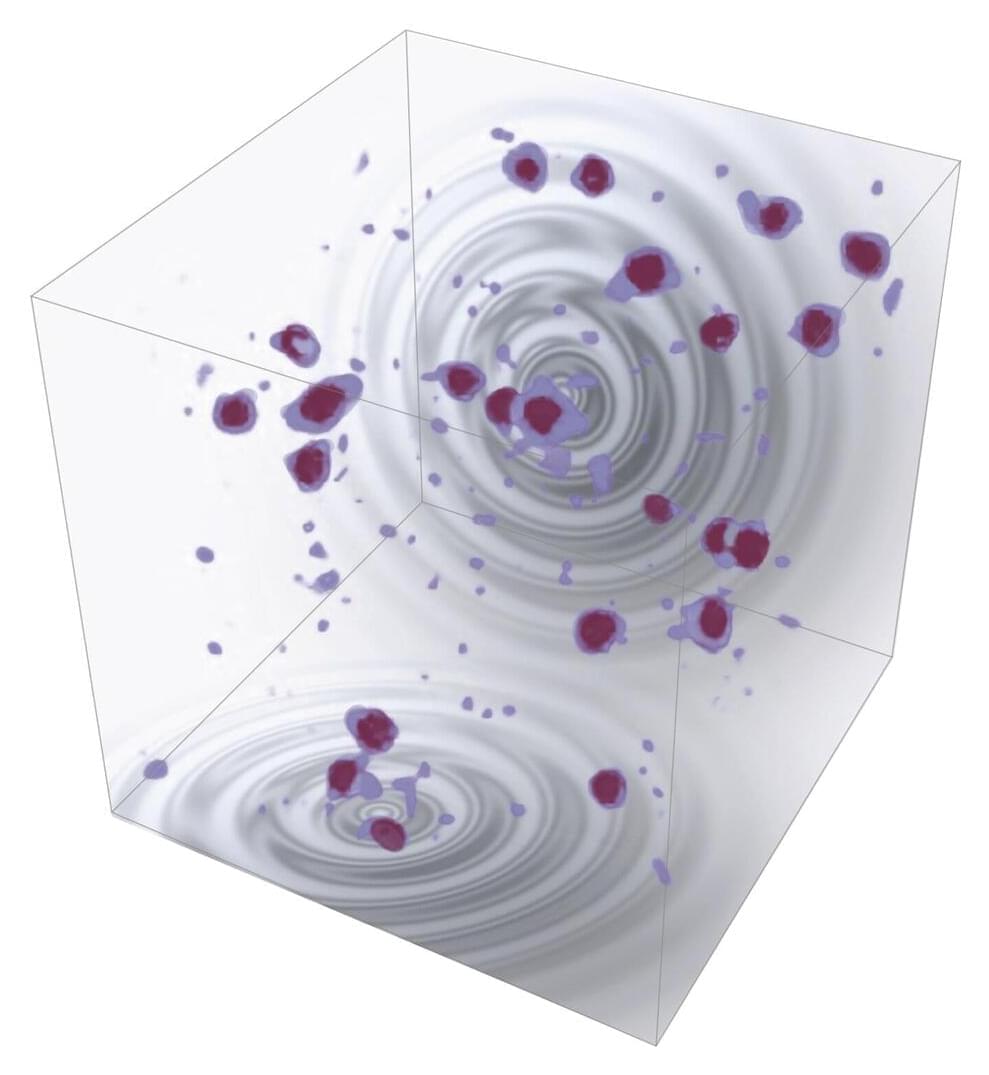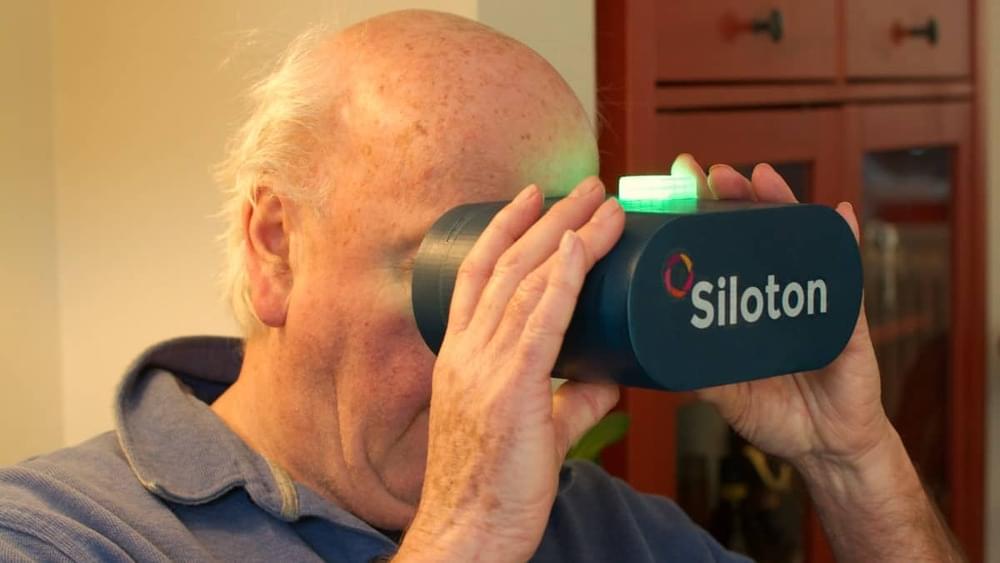Yesterday saw @analyst941 delete his Twitter account, claiming that he had been forced to do so after Apple carried out a “multi-step sting” operation. Whether this is true, or just a face-saving story for getting things wrong, it is broadly consistent with what we know about how Apple catches leakers.
Apple has so many methods of identifying leakers – some of them incredibly subtle – that we and others have to be extremely careful in order to protect our sources …
With most tech companies, secrecy is a way to stop competitors beating them to the punch. If they know or suspect other companies are working on the same idea, they want to be first to market, so don’t want anyone else to find out their plans, or how close they are to launching.









